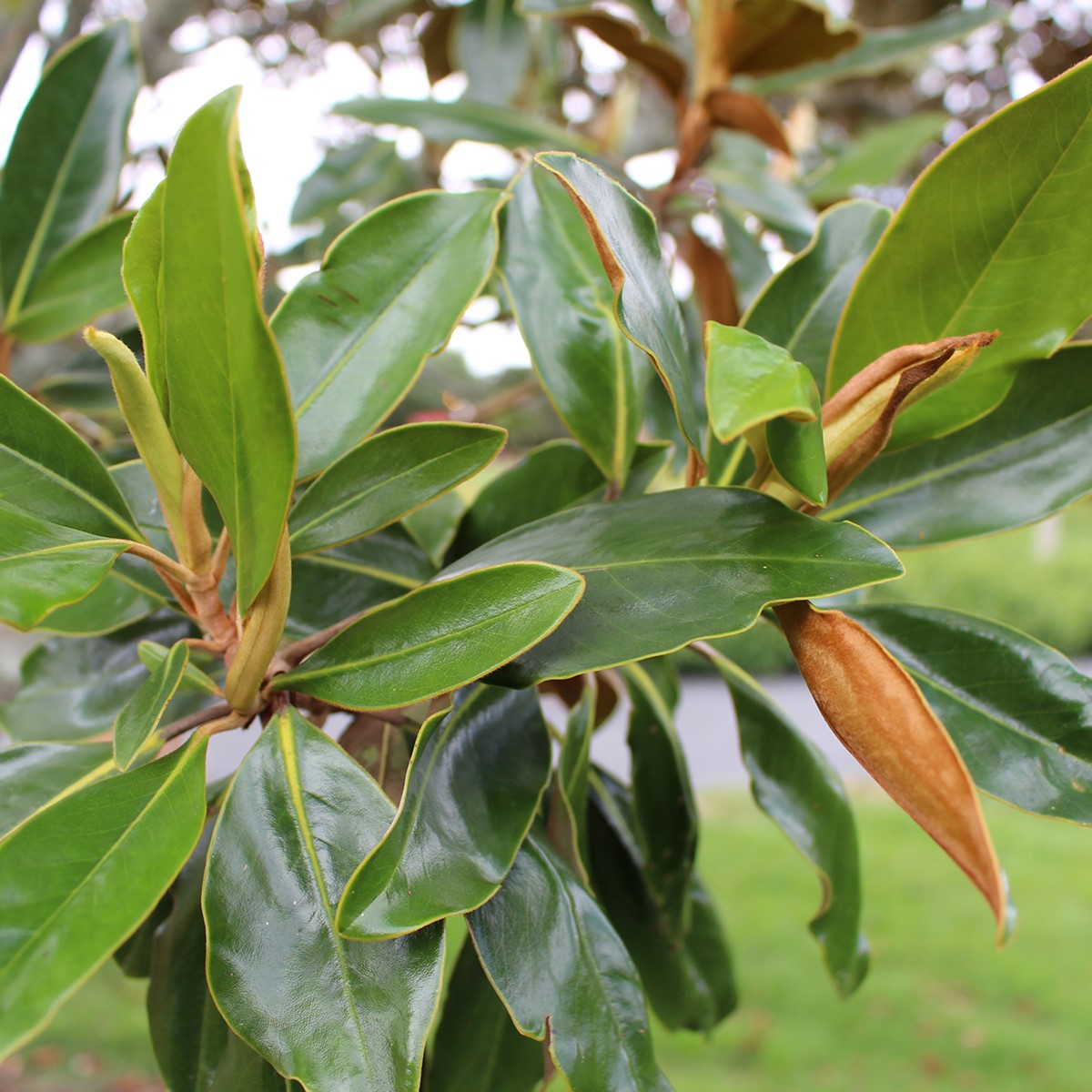Physical characteristics
A small
Flowers and foliage
It has many hairy small crowded
Preferred site
Prefers high fertility, well-draining soils, and in
Preparation for planting
Always choose healthy, well grown
Before planting ensure the root ball is saturated and remove the planter bag or pot with minimal root disturbance. Trim any broken roots and plant at the same level as in the container. Dig a hole twice the diameter of the root ball and firm in and water once planted. Make sure
Staking may be necessary but these
Maintenance tips
Mulching
The first summer and autumn after planting is critical for young
Pruning is not normally requi
Ecological and biodiversity benefits
Attracts native birds.
Pests and diseases
Avoid pruning in the months between November and February as that is when borer are on the wing. Borer can be a damaging pest to kowhai although it should also be stated that borer needs to be understood as a naturally-occurring pest and one that many kowhai can live with for an extremely long time. Therefore although borer should be avoided where possible they do not necessarily spell a death sentence for established
Location at Auckland Botanic Gardens
Urban
Interesting facts and tips
Sophora is named after the Arabic word for a similar tree fulvida meaning


.jpg?anchor=center&mode=crop&width=1200&height=800&rnd=132160442374630000)
.jpg)
.jpg?anchor=center&mode=crop&width=800&height=500&rnd=131732824054400000)
.jpg?anchor=center&mode=crop&width=800&height=500&rnd=132076644897830000)
.jpg?anchor=center&mode=crop&width=800&height=500&rnd=132160442374630000)
.jpg?anchor=center&mode=crop&width=800&height=500&rnd=131732824067370000)
.jpg?anchor=center&mode=crop&width=1200&height=1200&rnd=131732822304530000)

.jpg?anchor=center&mode=crop&width=1200&height=1200&rnd=132106949760530000)
 .jpg?anchor=center&mode=crop&width=1200&height=1200&rnd=131732822977030000)